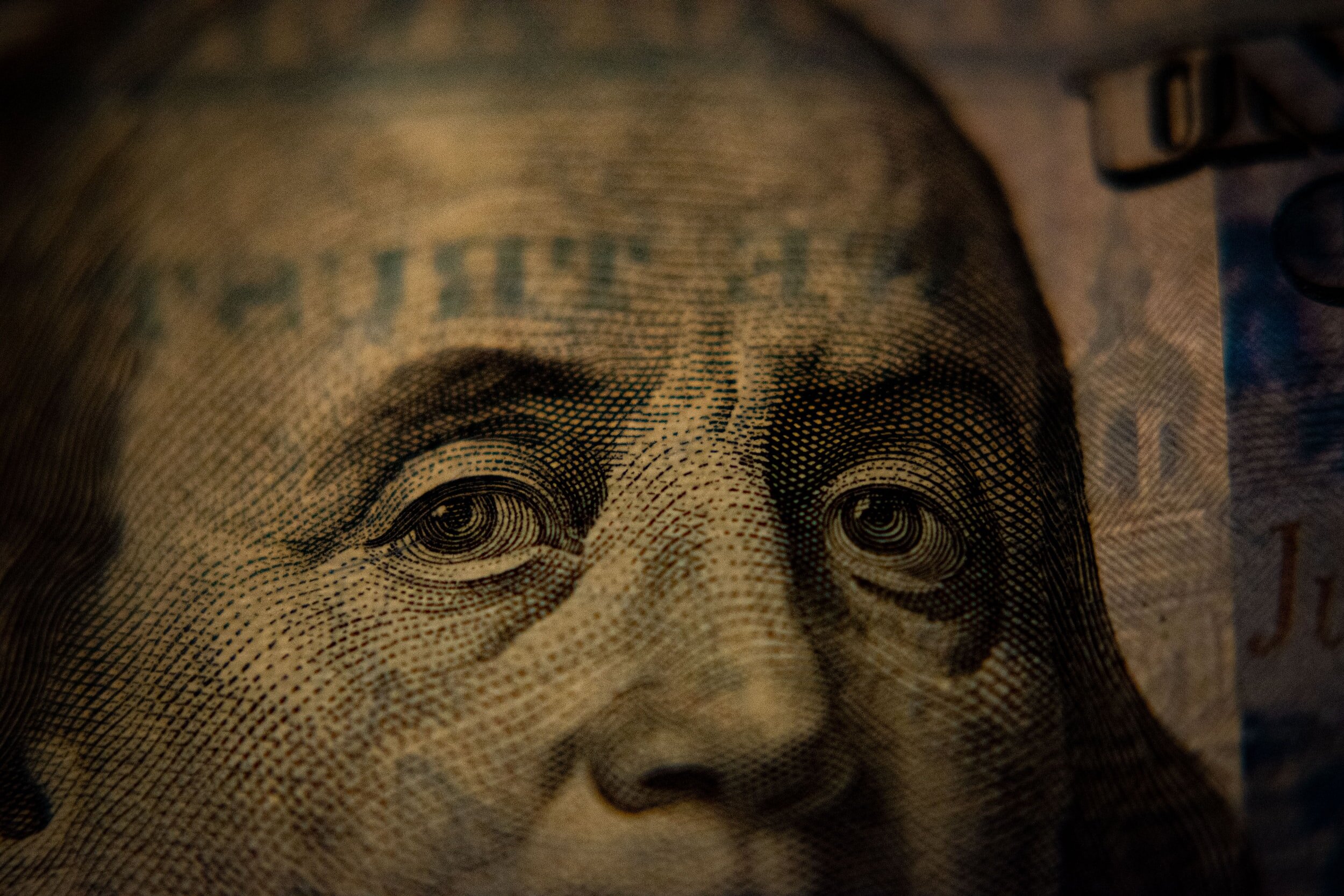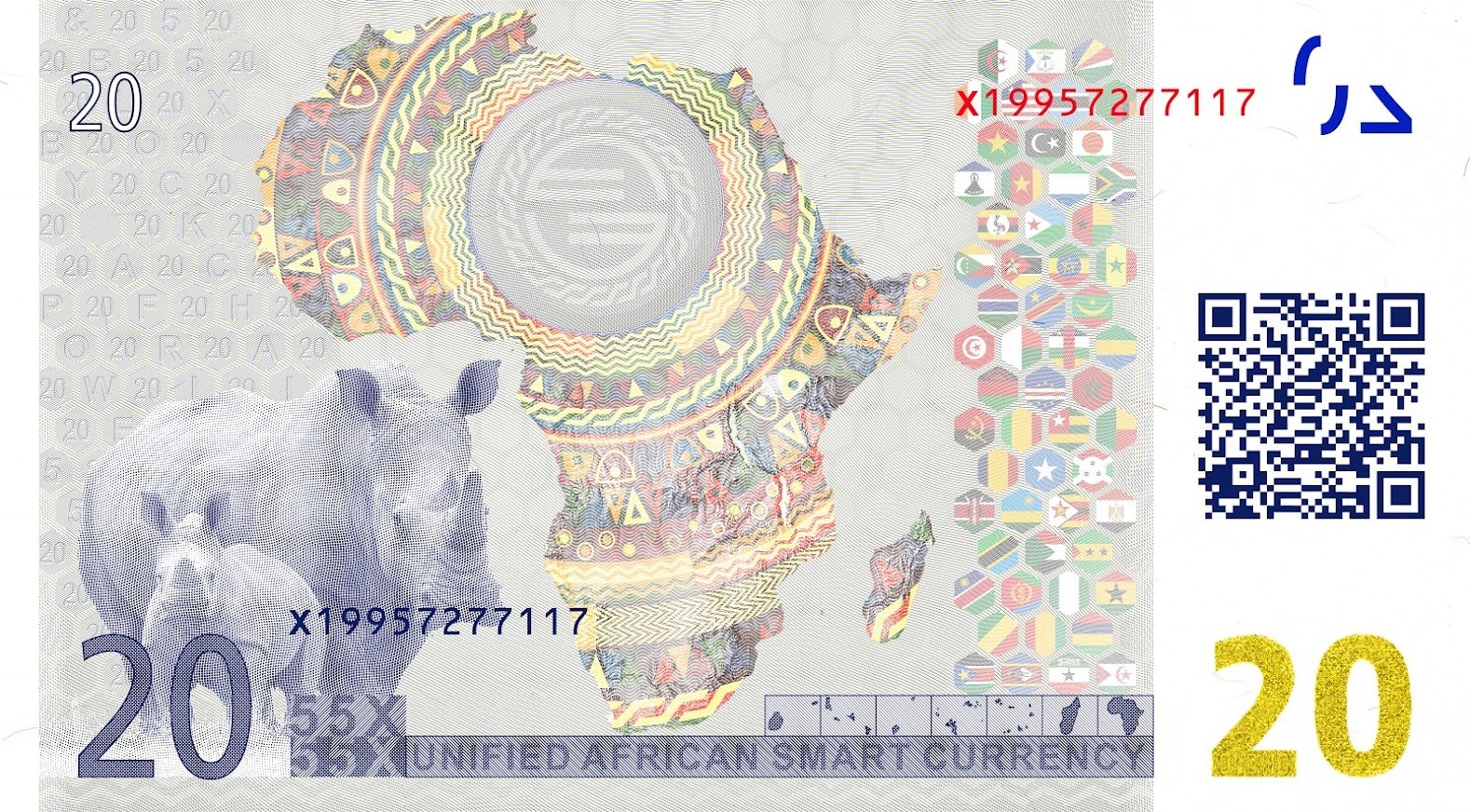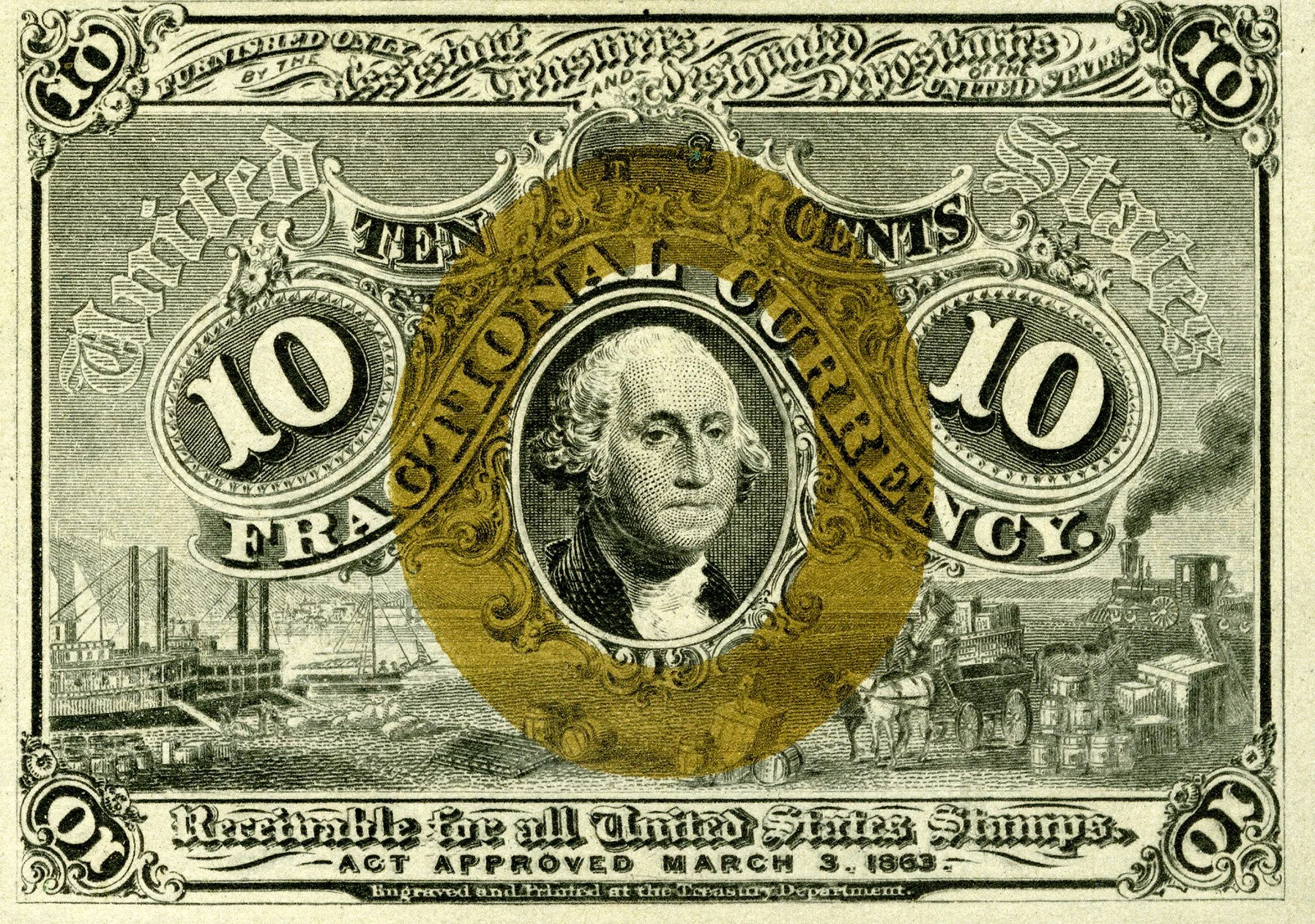
Money Tech Blog
News and Views on the Technology of Money: Past, Present, and Future
(Banknotes, Cryptobanknotes, Stablecoins, CBDCs, Bitcoin, and More)
FedAccounts: the CBDC Alternative?
Back in 2018, an article was published calling for the Fed to go into retail banking. This FedAccounts idea was promoted as a ready alternative to a CBDC and was inserted into a number of bills introduced into Congress, including the Stable Act.
Stablecoins are Not Securities
By definition a stablecoin’s value is stable—it does not appreciate or depreciate. As most retail stablecoins are pegged 1:1 with USD, a stablecoin is always worth a dollar. Now, the value of the dollar may vary, but that has nothing to do with stablecoin issuer or the coin itself.
Money in the Mandalorian
So, how does money work in the Mandalorian? There appear to be three forms of currency in the post-Empire world: beskar steel ingots, Imperial Credits, and Calamari Flan (shown).
Cryptobanknotes
We have recently updated our pamphlet on cryptobanknotes, a banknote technology that will bring cash into the future.
The First ATM
The first ATM or cashpoint opened in London over 50 years ago, in June 1967. The technology spread to the United States two years later. In 1969, Chemical Bank of New York opened its first machine in Rockville Center.
Thanksgiving and US Banknotes
In US banknotes, the Pilgrims only appeared on the original series of National Bank Notes first issued in 1863/1864. The center vignette on the reverse shows the "Embarkation of the Pilgrims."
Bitcoin as a Reserve Currency
“It is a short step from widespread private reserve currency/asset to public reserve currency/asset. If Bitcoin is good enough for banks, insurance companies and cities, it certainly is good enough for a small nation looking to bolster its own reserves.”
Bitcoin and United States Notes
There was once a new currency that allowed for anonymous transactions and was issued in a fixed total amount in order to stabilize its value. Not surprisingly this novel currency was highly volatile in value, constantly rising and falling. Its introduction caused a sensation among the public and much political debate.
Early Banknote Production
A picture is worth a thousand words. Here we see women at the US Bureau of Engraving and Printing processing sheets of Silver Certificates, Series 1899.
Hybrid Banknotes for CBDCs
Banknotes that can connect to an electronic network are the future and are already under development. CBDCs, stablecoins, Bitcoin, and more will have some degree of analogization as we start the transition to an all digital payment world.
Drying Silver Certificates
The technology of money is always changing. Before crypto and even before high-speed intaglio presses, money was truly made by hand.
Wildcat Currencies
Thanks to everyone at Financial History for publishing my article on the impact of US monetary history on the future of CBDCs and stablecoins.
Fractional Currency 1863
Recently, a friend showed me a piece of Fractional Currency that he found in his father's collection. This small object contains a wealth of information on US monetary history and the technology of money.
Coin World & Stablecoin Regulation
Thank you to Arthur Friedberg for his article in Coin World on my idea of how the US Treasury could regulate stablecoins.














